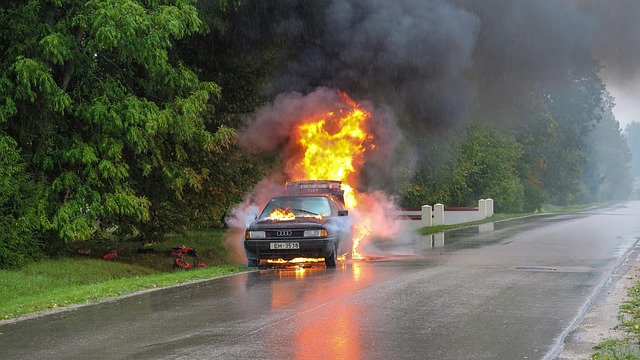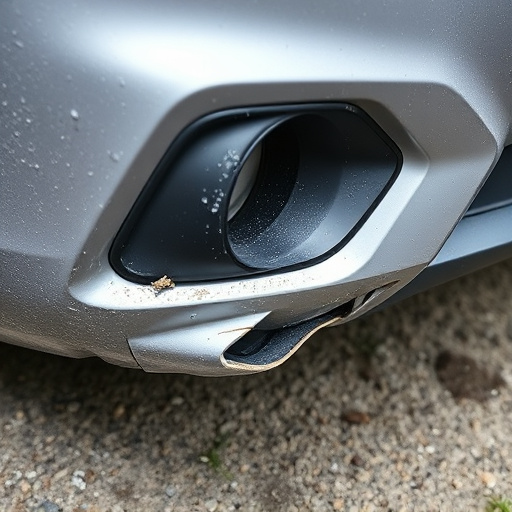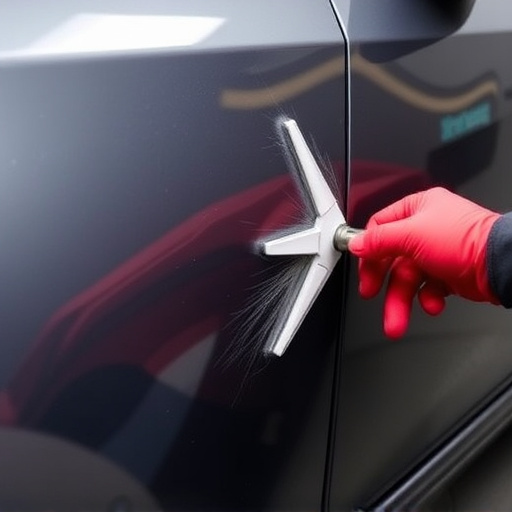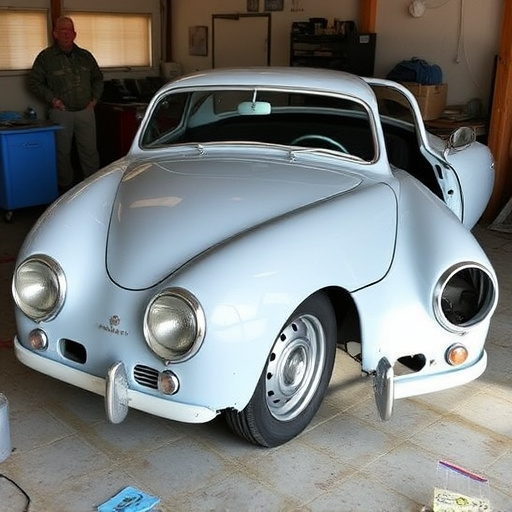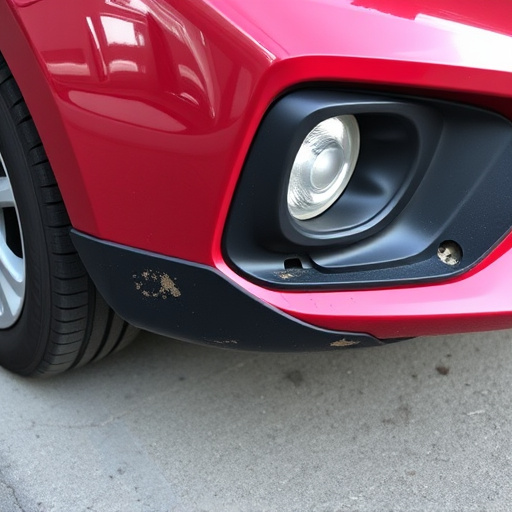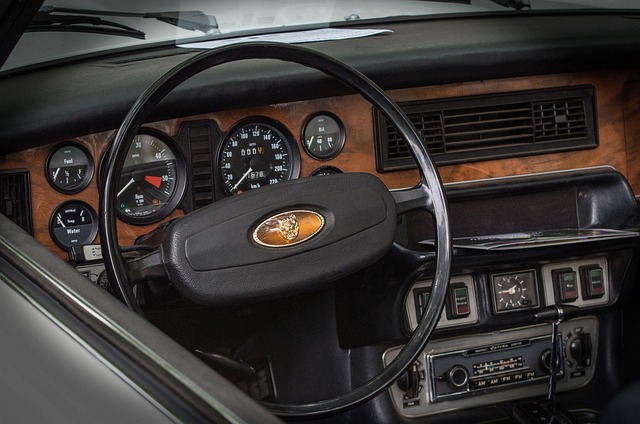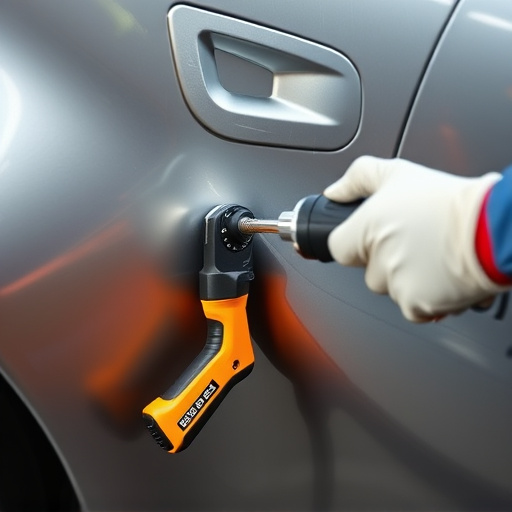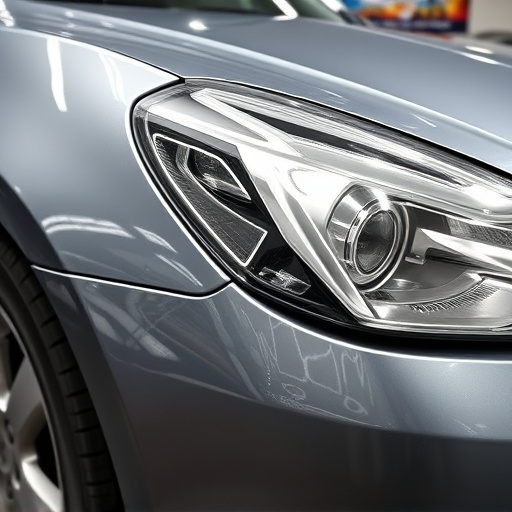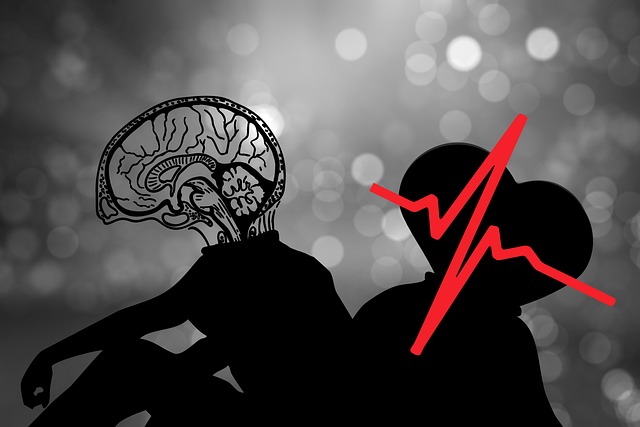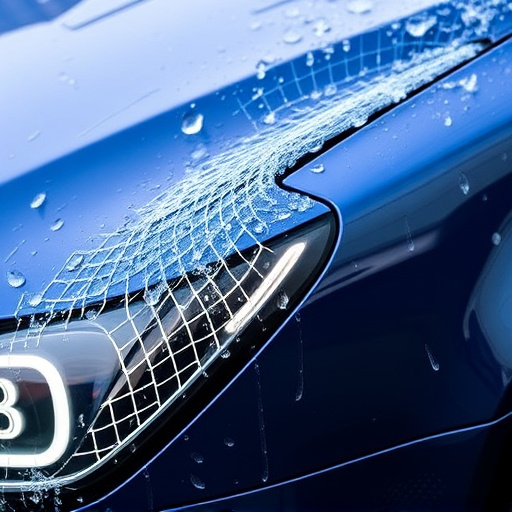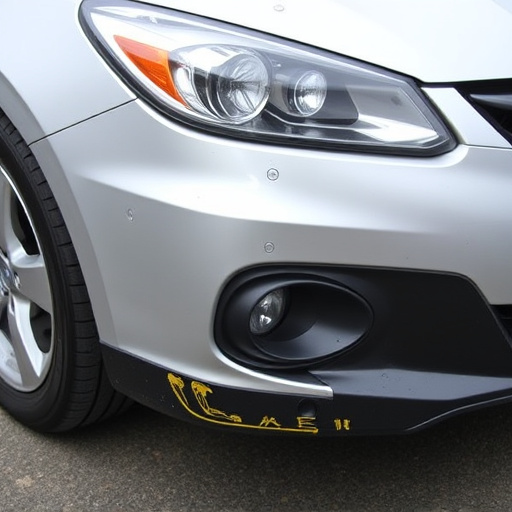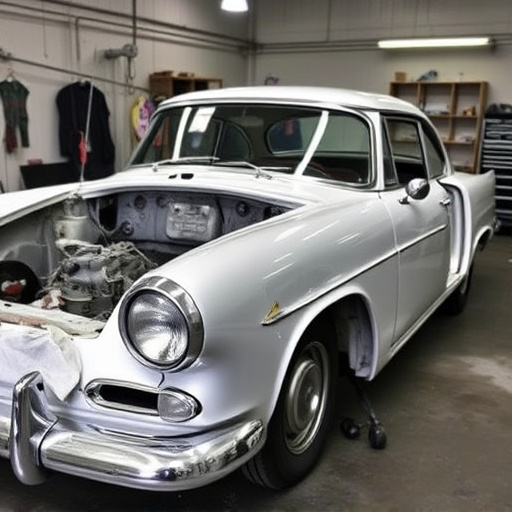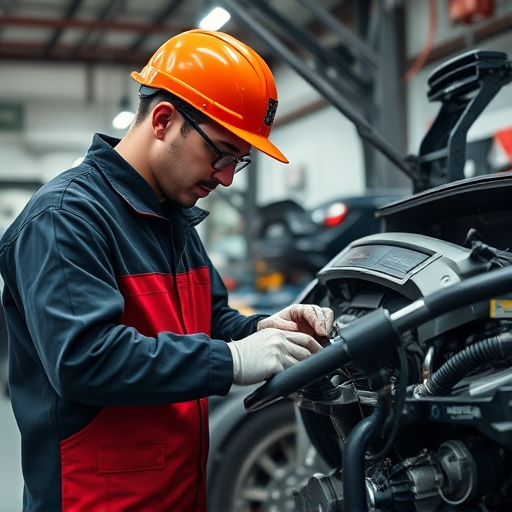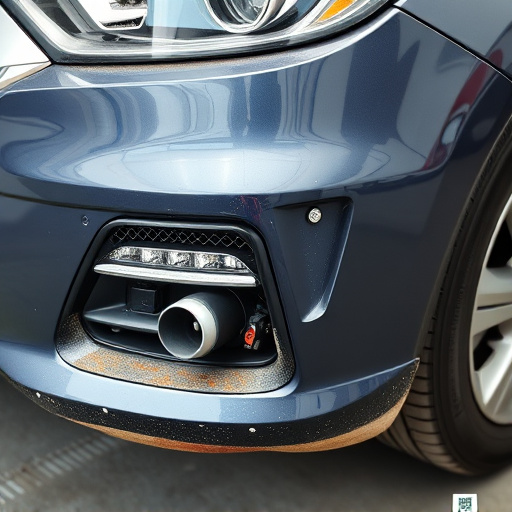Classic car collision repair demands meticulous attention to detail, blending historical preservation with safety. Technicians utilize specialized tools and frameworks for accurate damage assessment and frame straightening, employing both traditional manual techniques and modern advancements like robotic welding and CNC machines. The goal is to restore vehicles' original craftsmanship while adhering to strict safety standards, ensuring vintage cars maintain their structural integrity and aesthetic appeal on the road.
- Understanding Classic Car Collision Damage Assessment
- Common Techniques for Frame Straightening
- Restoring the Beauty and Safety of Historic Vehicles Post-Collision
Understanding Classic Car Collision Damage Assessment
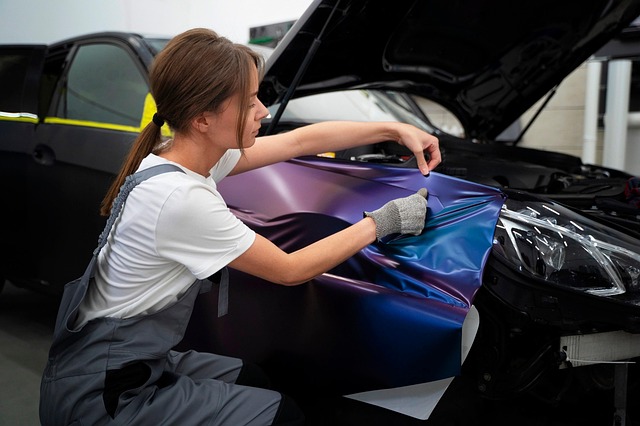
When it comes to classic car collision repair, assessing damage is a meticulous process that requires expert knowledge and an understanding of the vehicle’s unique characteristics. Each classic car is a work of art, built with precision and attention to detail, making even minor collisions challenging to fix. Damage assessment goes beyond visual inspection; it involves a thorough examination of every component, from the frame and chassis to the body panels and finishes.
In an automotive body shop specializing in classic car collision repair, technicians employ specialized tools and techniques to gauge the extent of the damage. This may include using frameworks and templates specific to the make and model to ensure accurate measurements and proper alignment during the repair process. The goal is not just to restore the car to its pre-collision condition but also to preserve its historical integrity, making it a true testament to its original craftsmanship.
Common Techniques for Frame Straightening
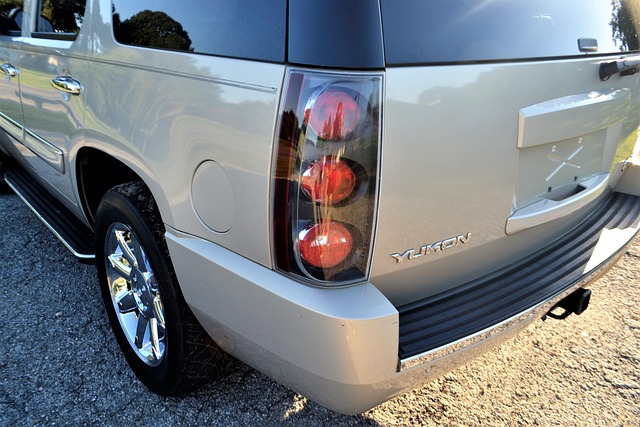
In the intricate art of classic car collision repair, frame straightening is a meticulous process that demands precision and expertise. Common techniques employed in auto body restoration for vehicles involved in collisions include both traditional and modern methods. One of the most foundational approaches is the manual, or “hand-straightening” technique, where skilled technicians manipulate and realign metal panels using hand tools like hammers, dolly bars, and clamps. This labor-intensive process allows for subtle adjustments, ensuring that the vehicle’s structural integrity and aesthetic appeal are both restored.
For more complex cases, automated equipment such as robotic welding systems and computer numerical control (CNC) machines play a pivotal role in precision auto body restoration. These technologies enable faster and more consistent repairs, often seen in modern vehicle collision repair shops. The integration of CNC technology facilitates precise cutting, bending, and forming of metal, leading to high-quality results in frame straightening for both classic and contemporary vehicles, enhancing the overall vehicle collision repair process.
Restoring the Beauty and Safety of Historic Vehicles Post-Collision
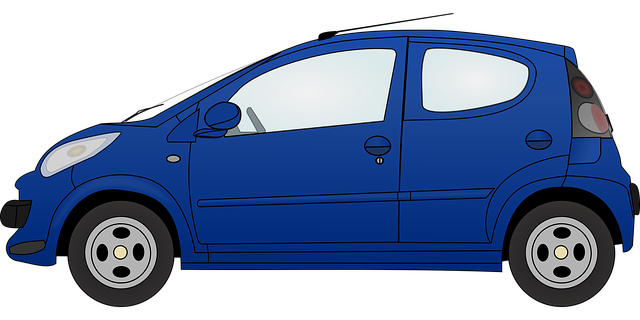
After a classic car collision, restoring the vehicle to its former glory requires a delicate balance between preserving its historical integrity and ensuring safety. The process involves meticulous auto body work and precise auto frame repair techniques to address any damage, from minor dents to severe structural issues. Skilled technicians employ specialized tools and methods to realign panels, straighten frames, and restore the car’s original aesthetic appeal while maintaining its safety standards.
Effective collision repair for classic cars includes careful assessment of the extent of damage, using advanced equipment to ensure accurate measurements and precise adjustments. This meticulous approach allows for the successful implementation of car dent repair techniques tailored to the unique needs of vintage vehicles. The ultimate goal is to return the historic vehicle to a state that not only captivates enthusiasts but also guarantees its structural integrity on the road.
In conclusion, mastering frame straightening techniques is paramount in the meticulous art of classic car collision repair. By understanding the damage assessment process and employing specialized methods, restorers can revive these historical vehicles to their former glory while ensuring safety standards are met. This intricate work not only preserves the beauty of vintage cars but also ensures their longevity for future generations of automotive enthusiasts.
